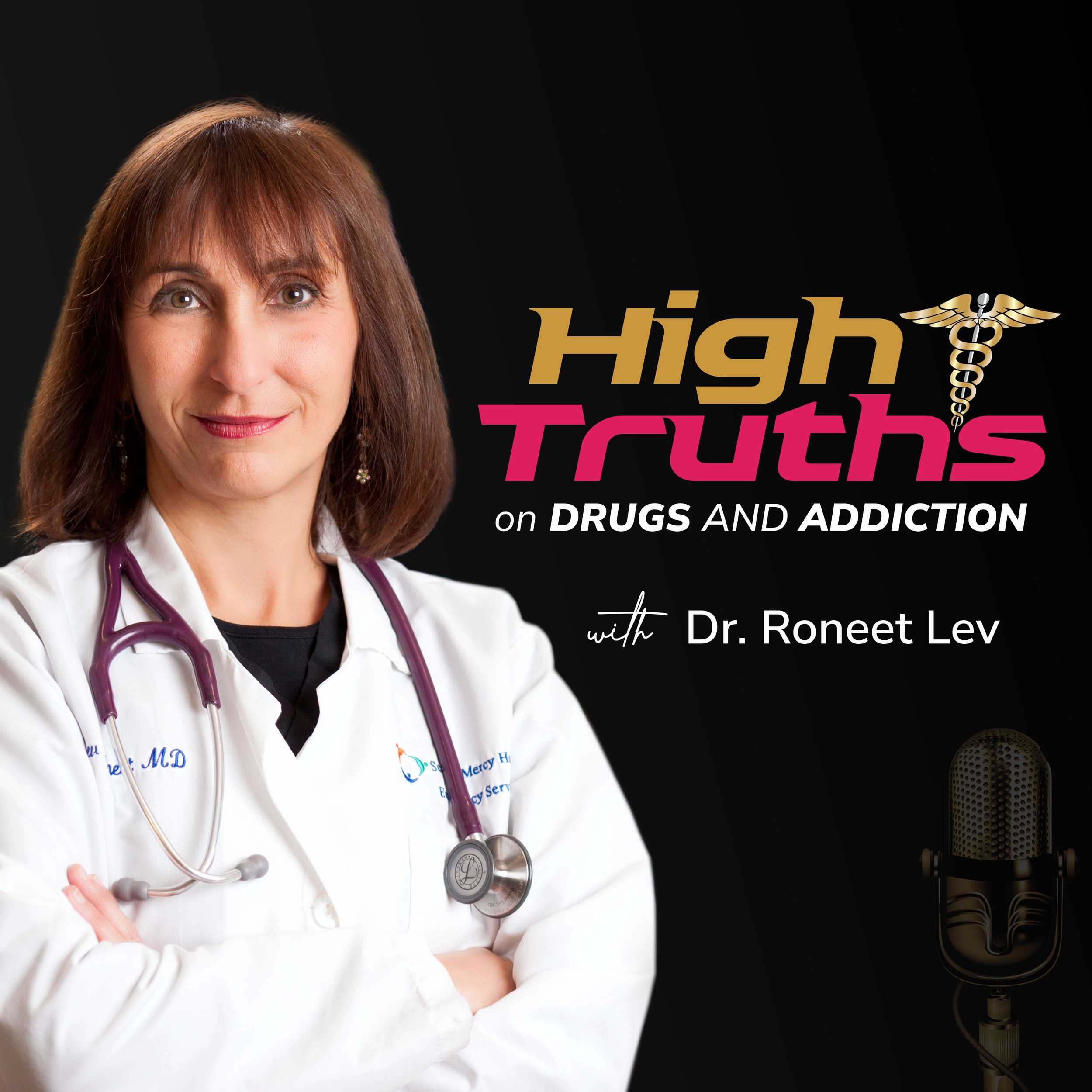The United States's Drug Czar is in charge the nation's drug policy. We can learn from the historical perspectives of our prior leaders. Gil Kerlikowske shared his insights.
I served as the Commissioner of U.S. Customs and Border Protection (CBP), having been nominated by President Obama and confirmed by the Senate in March, 2014. Having left office in January 2017, I will be the only confirmed CBP Commissioner during President Obama’s administration.
CBP was formed as part of the Department of Homeland Security in 2003 as a result of the recommendations issued by the 9/11 Commission. Its dual responsibilities are to secure America’s borders and facilitate lawful travel and trade. CBP is the second-largest contributor of funds to the U.S. Treasury, collecting $46 billion in Fiscal Year 2015. As the nation’s largest law enforcement agency, CBP employs 60,000 people at and between 328 ports of entry nationwide as well as in 40 countries around the world, with an annual budget approaching $13 billion.
One of my chief accomplishments at CBP was realigning an organization that had 21 direct reports to the Commissioner. The new organization streamlines decision-making and gives CBP’s workforce more efficient access to resources and information. I also oversaw the restructuring of the U.S. Border Patrol (which comprises 21,000 personnel), including the appointment of the first Border Patrol Chief from outside the organization since its founding in 1924. Under my leadership, CBP has made significant changes its use of force policies, incorporating new training at its academies and implementing robust internal affairs review and investigation authorities, which CBP did not have previously.
In addition, during my tenure CBP has expanded the use of technology to make it faster and easier for lawful travelers and cargo to enter the country securely – contributing to both national and economic security. Regarding travel, I oversaw the expansion of CBP’s Preclearance facilities overseas, placing Customs officers in key foreign cities to pre-inspect travelers destined to the United States, thereby adding a layer of security to our borders while facilitating the arrival of travelers from these cities. Regarding trade, I oversaw the enforcement of laws prohibiting goods derived from forced or child labor, counterfeit goods, or products that violate trade agreements and could harm the U.S. economy or consumers.
CBP also has an important global presence; I lead the U.S. delegation to the 180-member World Customs Organization and I travel extensively internationally. As a veteran of the United States Army – having served in the Army’s military police from 1970-1972 – I oversaw the creation of CBP’s National Frontline Recruitment Center which is designed to attract and recruit military veterans.
Before I was named CBP Commissioner, I served for five years as President Obama’s drug policy advisor as Director of the Office of National Drug Control Policy (ONDCP), a Senate-confirmed cabinet level position. When I started at ONDCP in May 2009, the growing abuse of and addiction to prescription drugs was not widely known by the general public. Besides authoring the ONDCP’s annual National Drug Control Strategy, I initiated the first Prescription Drug Strategy.
During my tenure at ONDCP, law enforcement began using Naloxone to save victims of opiate overdoses. In addition, hospitals began changing their emergency department standards on pain medication, and physicians and dentists began receiving better guidance on the problem of prescription drug abuse and addiction. Non-governmental organizations and advocacy groups were welcomed into the drug policy conversation, which expanded from purely a law enforcement-centric discussion to include the necessary focus on public health. I received the Nathan Davis public service award from the American Medical Association, and I also led the U.S. delegation to the United Nations Commission on Narcotic Drugs.
I served as Chief of Police for nine years in Seattle (2000-2009); during this period, crime decreased to its lowest level in 40 years, video cameras were installed in patrol vehicles, less lethal technology such as Tasers were issued, the department received national accreditation, and I implemented civilian management of Internal Affairs. I was elected twice as President of the Major Cities Chiefs Association, which represents the largest city/county law enforcement agencies in the United States and Canada.
I was Deputy Director of the Office of Community Oriented Policing Services (COPS) during the Clinton administration under Attorney General Janet Reno from 1998-2000.
My law enforcement career began in 1972 in Florida with the St. Petersburg Police Department. In 1984 I received a one-year fellowship to the National Institute of Justice, the research arm of the Department of Justice. I was an officer, detective, sergeant, detective sergeant, and lieutenant, and I left to become a police a chief in 1987 when I commanded the detective division. I led two small police departments in Florida before becoming Police Commissioner in Buffalo in 1994.
I strongly support community law enforcement leaders’ involvement in education. At CBP, for example, I started a Mentoring Program to help employees identify and achieve their professional goals. In each city where I served as police chief, I taught graduate and under-graduate courses in criminal justice – specifically, at Seattle University, Buffalo State College and Florida Atlantic University.
Finally, I have been interviewed extensively by both print and broadcast media, and I have testified numerous times at congressional hearings.

Heather and Randy Bacchus Heather Bacchus is a dedicated advocate and mother, whose life was forever changed by the tragic loss of her son,...

Mar-Anon is an important support group for people who have loved ones addicted to marijuana. Mar-Anon is based on the same concept of Al-Anon...

This episode starts with a game – Fact or Fiction on Medical Marijuana. Test your knowledge and then listen further to learn from Dr....